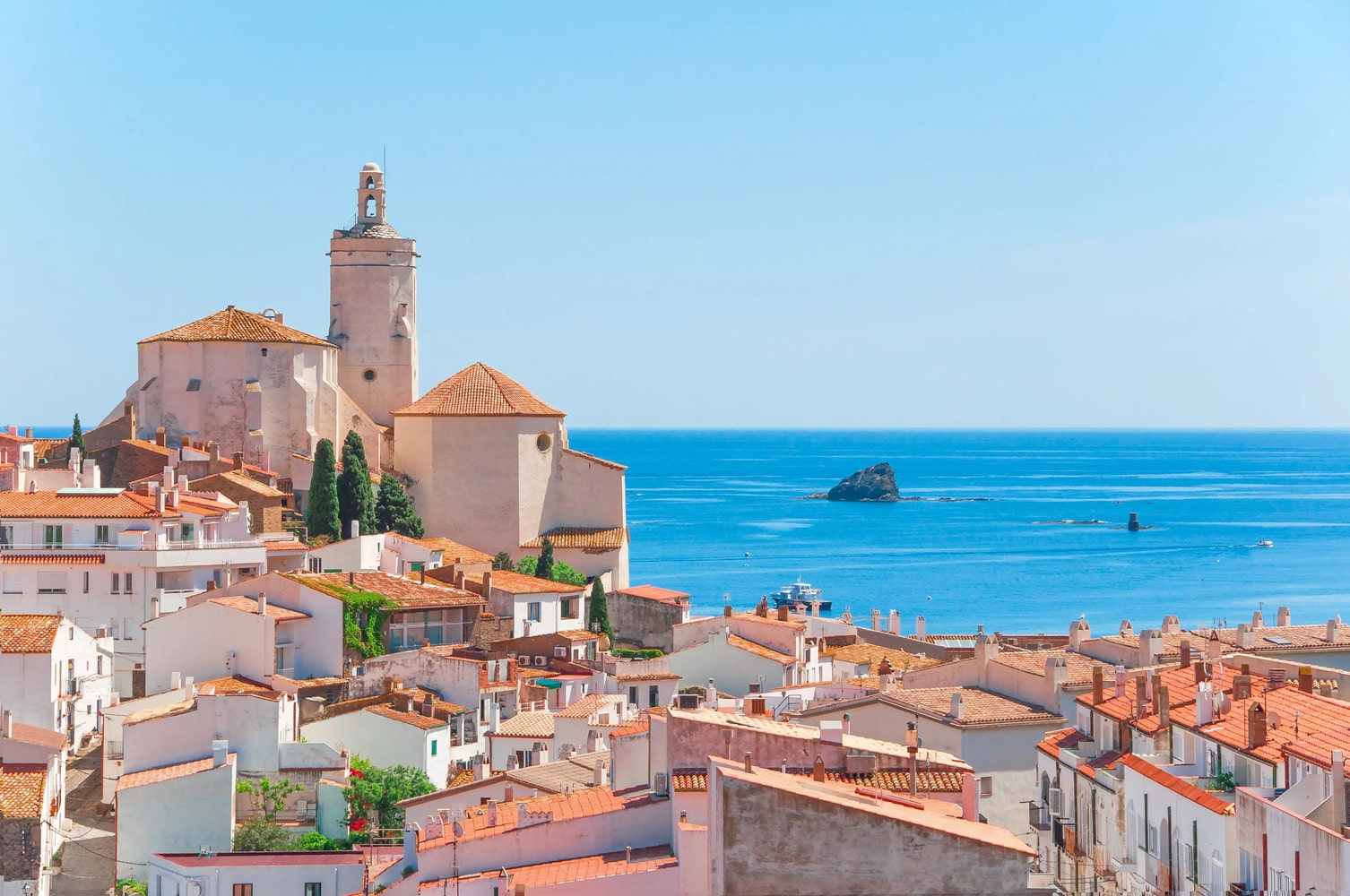Spain is a country with a centuries-old history, vibrant culture, and breathtaking landscapes stretching from the Pyrenees to the Atlantic coast. It is often associated with flamenco, bullfighting, tapas, and lively festivals. However, Spain is much more than popular tourist stereotypes. This collection offers fascinating and educational facts about Spain that you may not have known before.
- Spain has one of the oldest monarchies in the world, dating back to the Middle Ages, and currently functions as a constitutional monarchy. The current king, Felipe VI, holds primarily ceremonial duties, while actual political power lies with the parliament and government. Royal traditions remain alive alongside a well-established democratic system.
- The country is composed of 17 autonomous communities, each with its own government and parliament. Regions like Catalonia, the Basque Country, and Galicia have their own official languages alongside Castilian Spanish. This structure makes Spain remarkably diverse in terms of culture and language.
- Spain ranks second in the world for the number of UNESCO World Heritage Sites, just after Italy. There are over 45 sites across the country, including the Alhambra, the Cathedral of Burgos, and the historic center of Toledo. These treasures make Spain a paradise for history and architecture enthusiasts.
- Madrid is home to the world’s oldest continuously operating restaurant, Sobrino de Botín, which has been serving guests since 1725. The restaurant is even mentioned in novels by Ernest Hemingway. It is known for its traditional roast suckling pig and historic atmosphere.
- Spanish cuisine is considered one of the most varied in Europe due to influences from Moors, Romans, Arabs, and Latin Americans. Dishes such as paella, gazpacho, jamón, tortilla, and dozens of tapas reflect the country’s rich culinary heritage. Each region has its own distinctive dishes, sometimes varying even between neighboring provinces.
- Spain hosts the world’s largest annual tomato fight festival, La Tomatina. Every year in the town of Buñol, thousands of people throw overripe tomatoes at each other in a joyful frenzy. The event has become a global symbol of Spanish fun and spontaneity.
- Spaniards have a unique daily rhythm that includes a midday break known as siesta, especially in warmer regions. Shops and offices may close for several hours after lunch, with activities resuming later in the evening. Dinner is typically served after 9:00 p.m.
- Spain is said to have three capitals in different contexts: Madrid as the political capital, Barcelona as the cultural capital, and Seville as the historical capital. Madrid is also the highest capital city in Europe, situated more than 650 meters above sea level. This elevation gives it a distinct climate with cold winters and hot summers.
- Spain has given the world some of its greatest artists, including Pablo Picasso, Salvador Dalí, and Antoni Gaudí. Gaudí designed the famous Sagrada Família in Barcelona, which has been under construction for over 140 years. The basilica has become a symbol of Spain and is listed as a UNESCO World Heritage Site.
- One of the most famous pilgrimage routes in Europe, the Way of Saint James, runs through northern Spain. It leads to the city of Santiago de Compostela, where the Apostle James is believed to be buried. Each year, tens of thousands of pilgrims walk the route from all over the world.
- Spain is the third-largest wine producer globally after Italy and France, and it has the largest vineyard area of any country. Wines such as Rioja, cava, sherry, and malvasía are internationally recognized. In many villages, winemaking traditions have been passed down through generations.
- In southern Spain, in Andalusia, flamenco was born as a unique form of musical and dance expression. This style blends singing, guitar playing, and passionate footwork into an emotional performance. Flamenco has been recognized by UNESCO as part of the Intangible Cultural Heritage of Humanity.
- Spain boasts over 8,000 kilometers of coastline, making it one of Europe’s most popular summer destinations. The Mediterranean coast and Canary Islands attract millions of visitors every year. Many beaches have been awarded the Blue Flag for cleanliness and environmental standards.
- In Girona, one of the best-preserved Jewish quarters in Europe still exists. Its narrow streets and stone buildings offer a glimpse into the life of the medieval Jewish community. The area preserves unique historical artifacts and architecture from centuries past.
- Spaniards enjoy one of the longest life expectancies in the world, with an average of over 83 years. This is attributed to a healthy lifestyle, balanced diet, strong social ties, and favorable climate. Spain consistently ranks among the top countries in global health indexes.
- Spain has more bars per capita than any other country in Europe. A bar is not only a place for drinks but also a social hub where people gather, talk, and enjoy life. The bar culture is deeply embedded in the Spanish way of living.
- Spanish is the second-most spoken native language in the world after Chinese. More than 500 million people speak Spanish across five continents, including in Latin America, the United States, and the Philippines. This makes Spanish one of the most influential languages globally.
These incredible facts about Spain show just how rich, diverse, and unique the country truly is. It is a place where tradition meets innovation, where history lives alongside progress and technology. Spain is not just a land of sun and beaches but also a true cultural treasure of Europe. These interesting facts may inspire you to travel there or explore the Spanish heritage more deeply.





